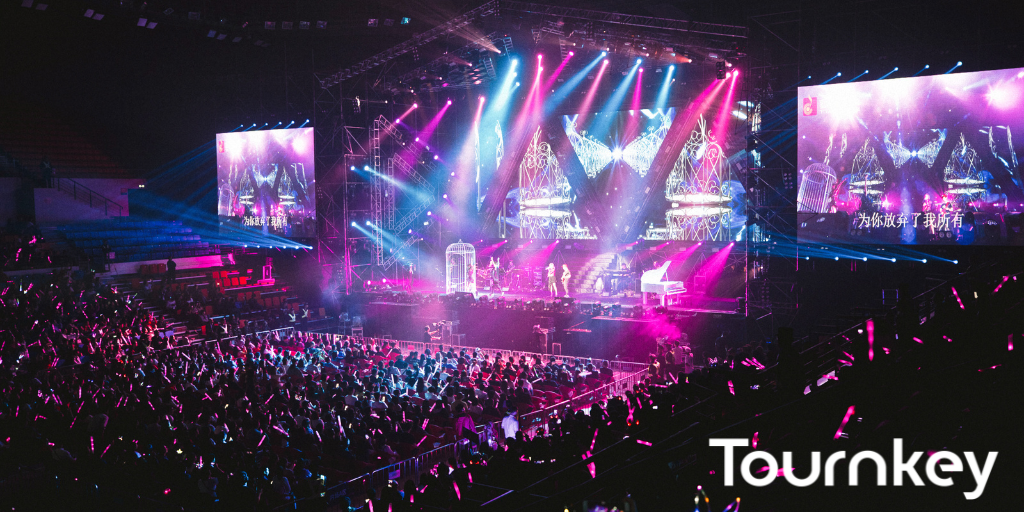Event attendance tracking has evolved from simple headcounts to advanced digital tools that provide real-time insights into attendee behaviour. Tracking attendance accurately not only helps you manage logistics but also offers valuable data that can boost engagement and ROI. In this post, we’ll explore seven essential methods to help you track attendance like a pro and ensure the success of your next event.
1. Digital Check-Ins
Digital check-ins are a fast, efficient way to monitor who’s attending your event. Using apps or tablets at the entrance, attendees can check in by simply scanning a QR code or entering a unique ID. This method is great for providing real-time data and reducing lines at registration.
Why it works: Digital check-ins allow for quick access to attendee data, streamlining the entry process and giving you real-time attendance updates.
2. QR Codes
QR codes have become one of the most popular tracking tools for events. By scanning a code upon entry, attendees are automatically logged into your system. They can even be used for tracking participation in sessions, workshops, or booths, providing insights into attendee preferences and behaviour.
Why it works: QR codes are easy to implement, quick to scan, and can track attendee movements throughout the event for a detailed engagement report.
3. Wearables
Wearable technology, such as RFID badges or wristbands, can track attendee locations and interactions throughout your event. This hands-free method is ideal for large-scale events, allowing you to monitor attendee engagement, identify popular areas, and optimize event flow.
Why it works: Wearables provide accurate, real-time data that help you assess high-traffic areas and enhance the overall attendee experience.
4. Mobile Apps
Event mobile apps not only offer convenience for attendees but can also be used for tracking participation and engagement. Attendees can use the app to check in, access schedules, and engage with event content, while organizers receive valuable analytics on how attendees interact with the event.
Why it works: Mobile apps offer a wide range of tracking features and give attendees a personalized event experience, increasing engagement and satisfaction.
5. Beacon Technology
Beacon technology uses Bluetooth to track attendee movements throughout an event. Beacons are placed in key locations, and when attendees with Bluetooth-enabled devices pass by, the system records their proximity. This allows you to see which sessions, booths, or areas are the most popular.
Why it works: Beacons provide location-specific data, offering detailed insights into attendee interests and behaviour patterns, helping you tailor future events accordingly.
6. Real-Time Analytics
Advanced tracking methods come with real-time analytics dashboards, providing instant feedback on attendance, engagement, and overall event performance. These analytics help organizers make in-the-moment adjustments, improving everything from session schedules to on-site services.
Why it works: Real-time analytics allow for immediate adjustments, ensuring that your event runs smoothly while delivering valuable insights post-event.
7. Post-Event Surveys
While surveys are a post-event method of tracking engagement, they’re an essential tool for gathering direct feedback from attendees. Surveys help you understand what worked, what didn’t, and how to improve future events.
Why it works: Surveys provide qualitative data that complements quantitative attendance tracking, giving you a full picture of the attendee experience.
Incorporating these seven event attendance tracking methods can significantly enhance engagement and maximize the ROI of your event. From digital check-ins and QR codes to wearables and real-time analytics, leveraging the right technology will help you gather critical insights, improve attendee experiences, and ensure the overall success of your event.
The Tournkey Event Ecosystem is a powerful series of tools designed to elevate your event’s profile while improving your event’s productivity and participant experience.


